2025 Auto Market Price War 2.0: Behind the Fixed Price of Joint Ventures, Is It a Desperate Measure or a Counterattack?
![]() 03/27 2025
03/27 2025
![]() 611
611
Traditional joint venture brands that used to make "negotiating prices" a reserved program suddenly adopted the "fixed price" model in the new energy market. Can joint venture auto companies stop their decline with "fixed prices", and how can they avoid falling into deeper internal competition amid the wave of price transparency?
In China's auto market in 2025, the "price war" seems to be playing out in another form.
Joint venture auto companies, which once dominated the market, are now following the "fixed price" model of new forces. From Volkswagen to Buick, from German to Japanese brands, the strategy of fixed prices and transparent sales is spreading rapidly. This transformation appears to be traditional brands "bowing" to new forces, but in reality, it is an active change for survival. Facing declining sales, collapsing brand premiums, and consumer trust crises, joint venture auto companies are attempting to restructure market order through "fixed prices". However, behind this change lies both the subversion of the old model and hidden new challenges: how to avoid falling into another form of price war within the framework of transparent pricing?
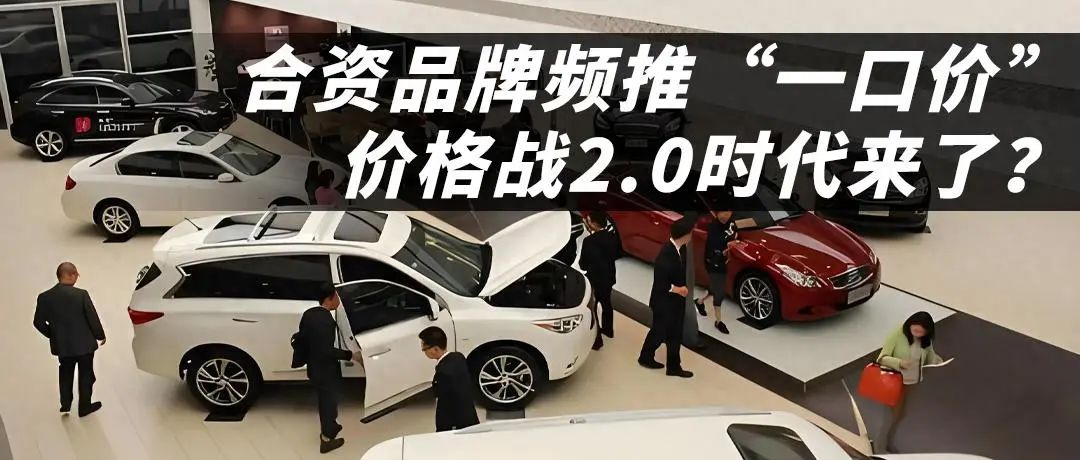
From "Brand Premium" to "Product Value"
The "fixed price" model of joint venture auto companies essentially reflects that the traditional pricing logic no longer works. In the past, joint venture brands relied on technological accumulation and brand aura to maintain profit margins through the vague strategy of "guide price + terminal discounts". However, the rise of new energy brands has completely broken this balance. Tesla, NIO, Xpeng, and other automakers promote nationwide uniform prices through direct sales models, and consumers have gradually become accustomed to the car-buying experience of "clear pricing, no need to negotiate", and are increasingly be disgusted with to the price-increasing tactics and price fluctuations of traditional 4S stores.
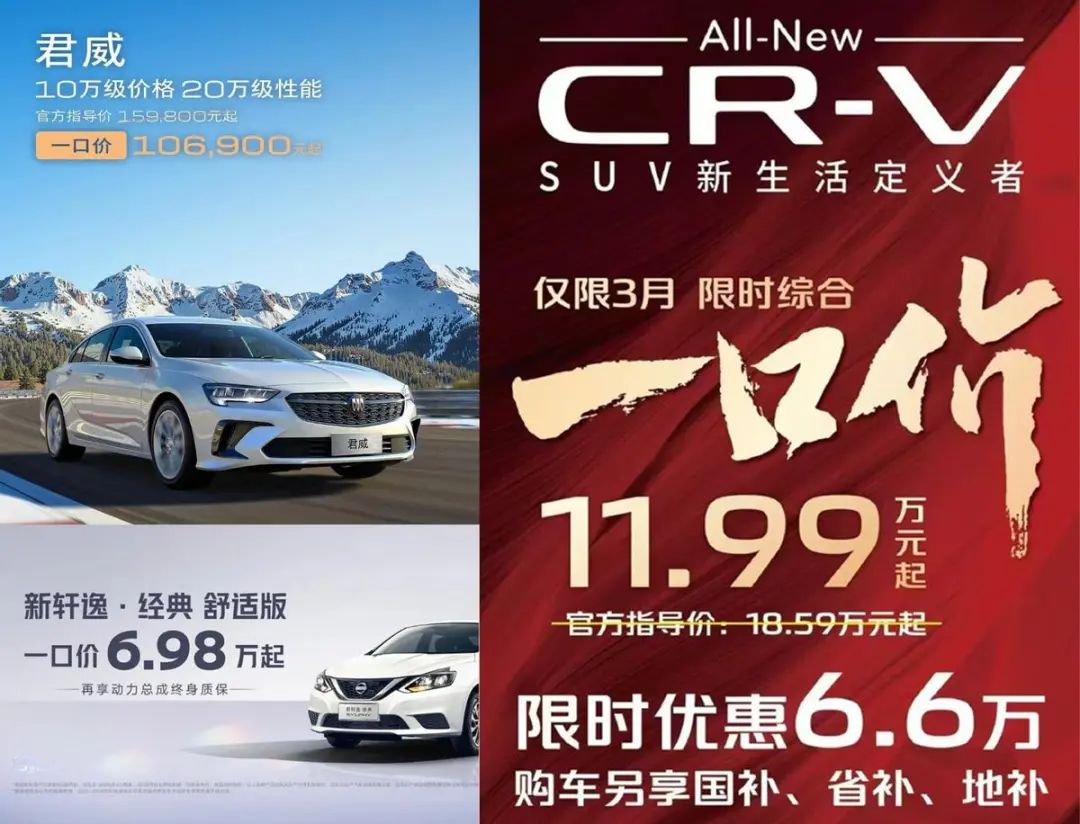
At the same time, the cost-effectiveness advantage of new energy vehicles further squeezes the living space of joint venture fuel vehicles. Taking BYD Qin L Intelligent Driving Edition as an example, its price has dropped to the 100,000-yuan market, but it provides mid-size car dimensions and high-level intelligent driving functions, directly impacting joint venture models that originally belonged to the 200,000-yuan market. Facing this pressure, joint venture auto companies are forced to abandon brand premiums and instead target new energy competitors with "fixed prices". For example, Buick Regal enters the market with a pricing of 106,900 yuan, attempting to use the product power of a B-class car to make a dimensional hit on the A-class car market; Volkswagen Teramont family, all-new TAYRON L, as well as Toyota Corolla, Honda CR-V, and Nissan Altima have also introduced fixed price policies, with prices appearing much more "one-step" compared to before.
However, the author believes that the deeper driver behind traditional joint venture auto companies adopting the "fixed price" model comes from changes in consumer values. Today's younger generation of car buyers are no longer willing to pay for "information gaps". They pay more attention to the value of the product itself and the transparency of the car-buying experience. Simplifying processes and avoiding tactics are the needs of more consumers. The "fixed price" strategy of joint venture auto companies is actually a helpless but necessary choice to shift from "seller-led" to "buyer thinking".
From "Price-Oriented" to "Value-Oriented"
The drawback of the traditional 4S store model is another driving force for joint venture auto companies to implement the "fixed price" model. For a long time, dealers have relied on additional fees such as financial service charges and bundled insurance to profit, and price opacity has led to a loss of consumer trust. The direct sales model of new energy brands has completely subverted this logic. For example, Tesla's showrooms only provide test drive and order services, with prices unified nationwide, and salespersonnel do not need to facilitate transactions through negotiation.
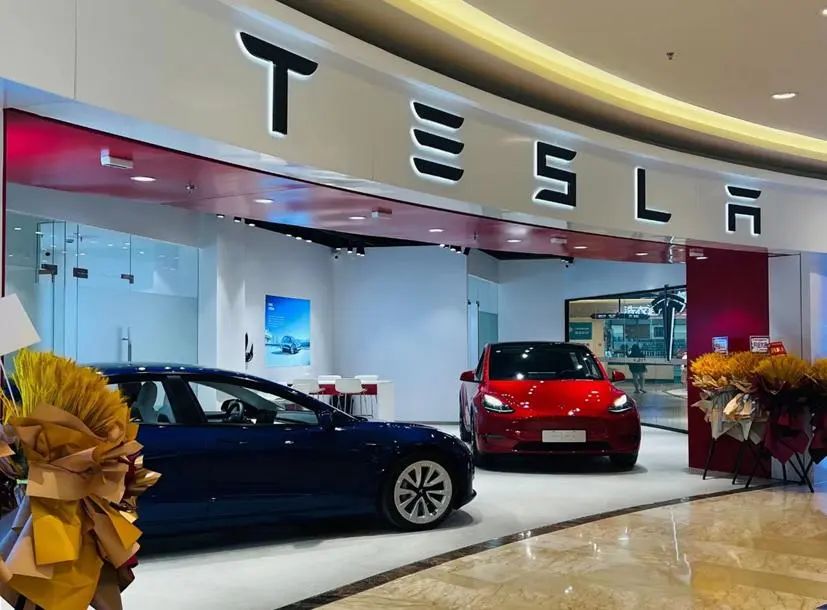
The "fixed price" model of joint venture auto companies essentially weakens dealer power. Taking FAW-Volkswagen as an example, its introduction of "full payment fixed price" directly cuts off the channel for 4S stores to profit from financial solutions, forcing dealers to shift towards after-sales service and user experience improvement. After GAC Toyota fully implemented fixed prices, the difference in terminal prices was significantly reduced, the consumer complaint rate decreased significantly, and brand stability was rebuilt. This transformation not only alleviates vicious competition among dealers but also forces traditional channels to transform into a "service-oriented" role.
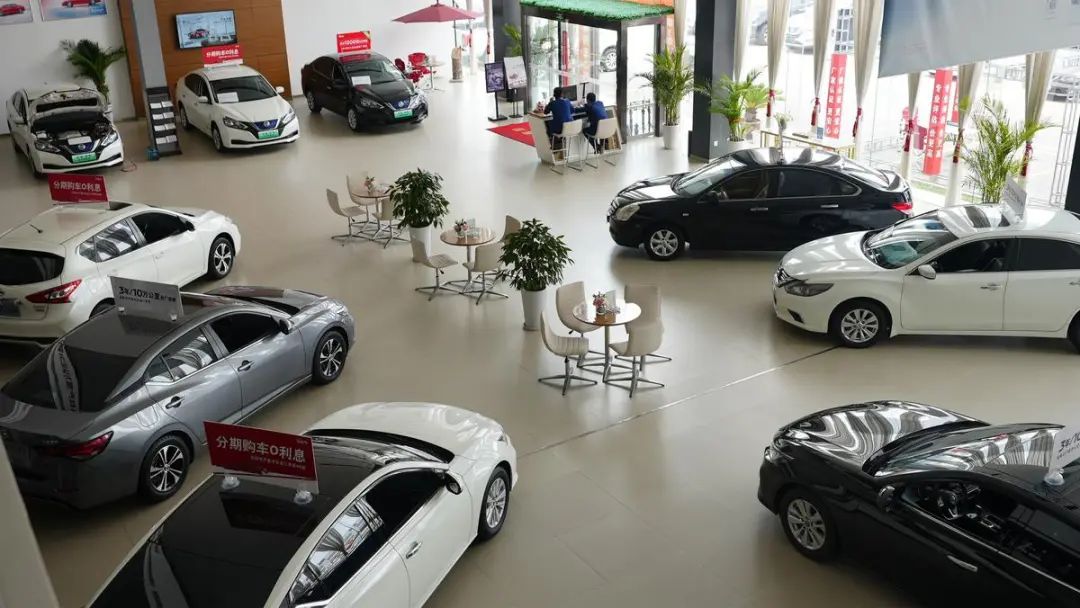
However, the transformation of dealers is not smooth sailing. The profit model that relied on price differences in the past is unsustainable, and some 4S stores are facing a survival crisis. In response, brands such as Buick are trying to enhance user stickiness through "test drive funds" and after-sales value-added services, such as modification kits, transforming dealers from "car-selling tools" to "service partners". In this process, the game between automakers and dealers is still ongoing, but the direction is clear: only by returning to the essence of service can one survive in the era of transparent pricing.
Balancing Short-term Sales and Long-term Value
The "fixed price" model seems to have ended price chaos, but it also buries hidden dangers: if "fixed prices" are merely seen as disguised price cuts rather than value reconstruction, joint venture auto companies may fall into a new round of vicious competition, and over-reliance on price incentives may lead to further brand value erosion. How to avoid "fixed prices" from becoming a continuation of the price war has become a core issue for joint venture auto companies.
First, pricing needs to be deeply tied to product strength. Simple price reductions are not sustainable; only by upgrading technology and optimizing configurations can cost-effectiveness be improved. Secondly, it is also necessary to build differentiated value. When price transparency becomes a standard configuration, brands need to create new attractions from dimensions such as intelligence and service ecology.
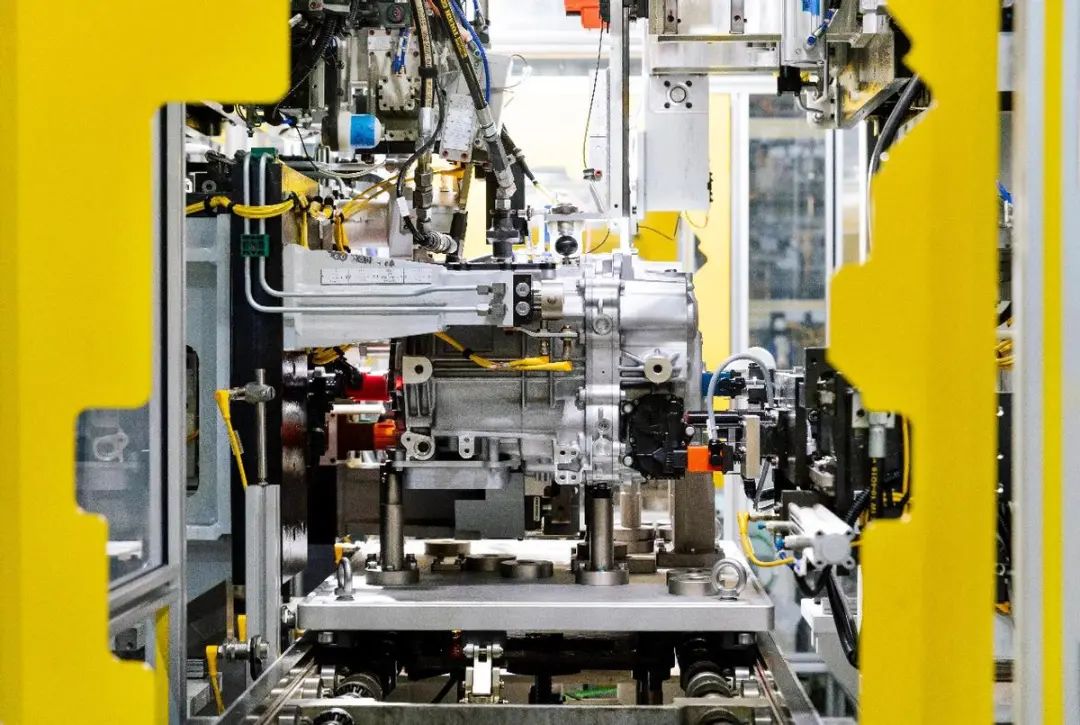
More crucially, joint venture auto companies must face up to the technological generational gap. At present, many new energy models of joint venture brands still lag behind leading players such as BYD and Tesla in areas such as batteries and intelligent driving. If they only rely on stacking configurations to create a "face project" while ignoring algorithms and user experience, they will eventually be eliminated by the market. In the long run, joint venture brands need to increase localized R&D investment. For example, Hyundai and GM have begun to create intelligent cabin solutions designed specifically for the Chinese market, attempting to use technology to support the global market.
Conclusion
The "fixed price" model of joint venture auto companies is both a survival strategy forced by the market and a necessary path for industry transformation. The "fixed price" model tears open a crack in the traditional pricing system, pushing automakers to shift from "brand premium" to "product value" and from "channel competition" to "service competition". However, transparent pricing is only the first step. If true innovation cannot be achieved in technology, service, and user experience, this "price revolution" may stop at short-term sales stimulation. In the future, only by extending the change in pricing logic to the entire chain of R&D, manufacturing, and ecosystem construction can joint venture brands regain vitality in this life-and-death race.
Welcome to leave a comment and discuss in the comment section! Follow me to learn more about auto news!







